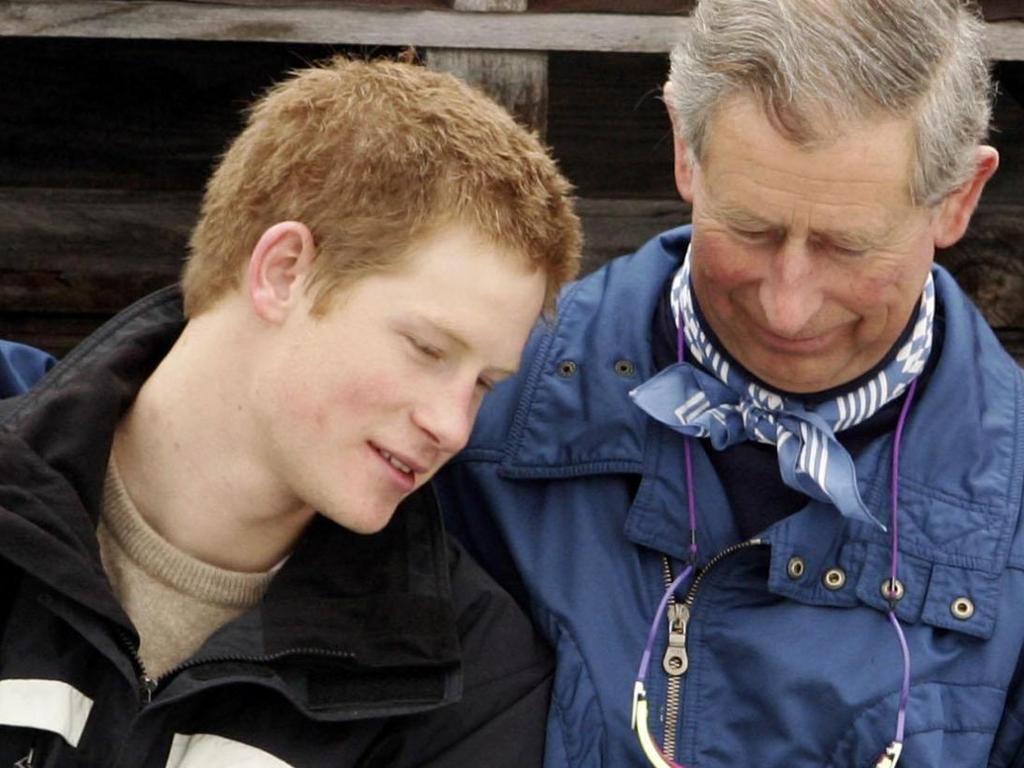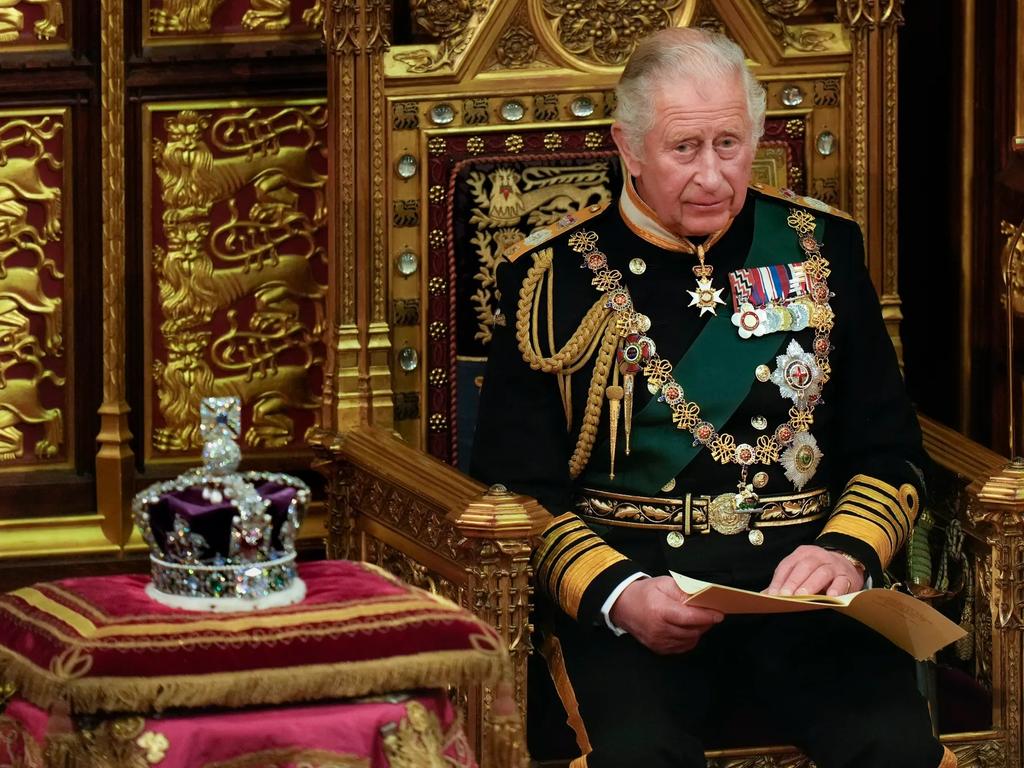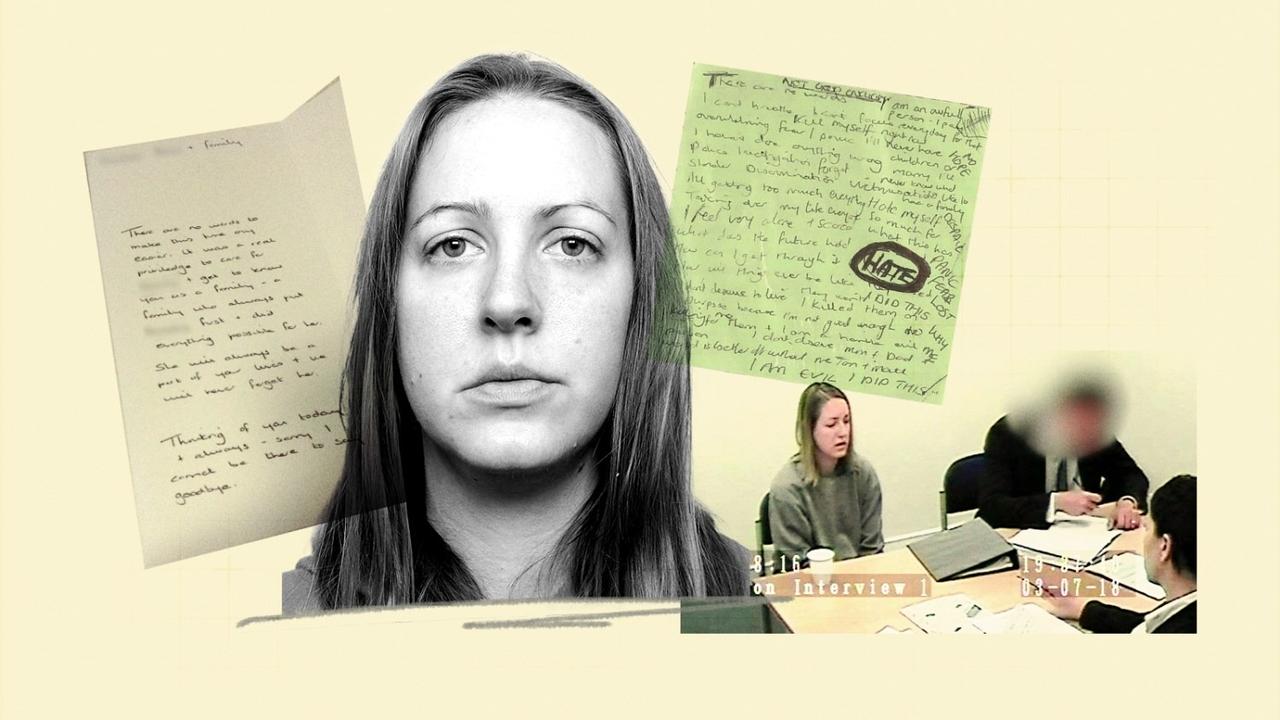New book reveals sordid details of the royals through history
Author Simon Sebag Montefiore has penned a new book detailing the world’s most famous families through the ages - using his wealth of contacts and relationships within the world of the royals.
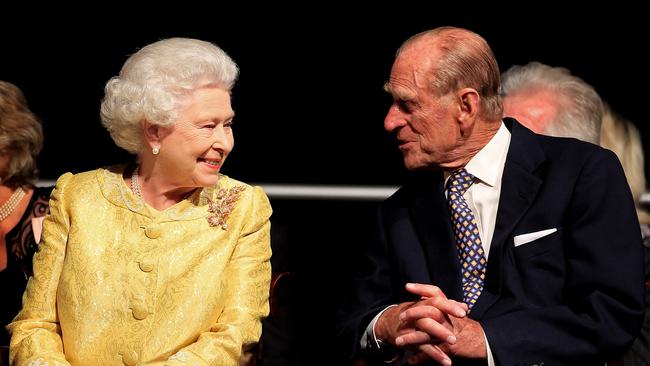
Few historians dare to take on the world, but Simon Sebag Montefiore has written a 1,300-page global family history that spans the Neanderthals to the Trumps, weaving his way through the Caesars, Incas, Mughals, Borgias, Zulus, Romanovs, Habsburgs and Saudis, passing between continents and cultures and encompassing war, murder, sex, necrophilia and incest.
Empresses swallow semen, dictators slaughter brothers. It makes our royal family appear tame and The Crown seem banal. Sebag (never Simon, he says) laughs. “It nearly destroyed my marriage. The Chinese chronicler Sima Qian accepted castration to finish his book of the world. I’d have become a eunuch, I was so obsessed.” Eunuch is not a word usually associated with the historian, who is known for his love of partying.
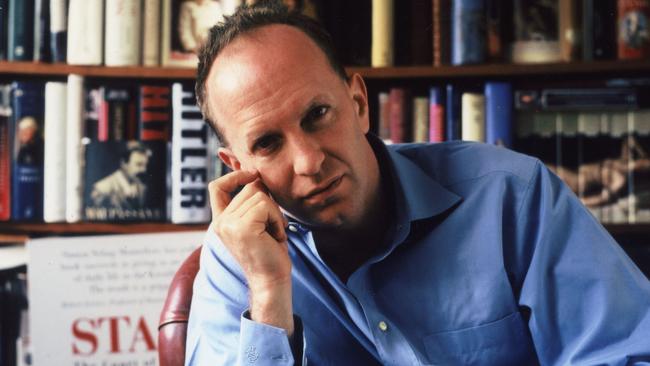
Montefiore seems perfectly placed to write about the rise and fall of dynasties and leaders, famous and infamous families. He often goes to the theatre with King Charles, went to the Duke and Duchess of Cambridge’s wedding, introduced Charles to David Cameron before he became prime minister, talked Stalin with Gordon Brown, Metternich with Kissinger, and was told to pull up his socks by Margaret Thatcher. Bill Clinton, Tony Blair, George W Bush, Shimon Peres and Vladimir Putin have all read his blockbuster biographies of Catherine the Great, Potemkin and Jerusalem. He has hung out with Elton John, Mick Jagger and the Spice Girls. As a child he would bump into Peter Sellers, Dudley Moore and Peter Cook when they visited his father, a renowned London psychiatrist. It’s hard for him not to name-drop.
The 57-year-old is wearing double denim and trainers rather than the tweed suits of fellow historians. He comes from an old Jewish family, and his ancestors were Spanish, Moroccan and Lithuanian. His wife, Santa, a romantic novelist, comes from another ridiculously well-connected family, the Palmer-Tomkinsons. Her family skied with the royals for decades, sharing fondue and, in the case of her parents, the bathwater. “It was all very relaxed and informal in their tiny chalet,” Montefiore reveals.
There are hundreds of books covering 2,000 years of history littered all over his immaculately decorated house in Notting Hill, interspersed with photographs of the family at royal weddings. Charles and Camilla have popped in for kitchen suppers. “My book is stuffed with magnificent but dysfunctional families,” he says. “This royal family are a model of decorum in comparison.”
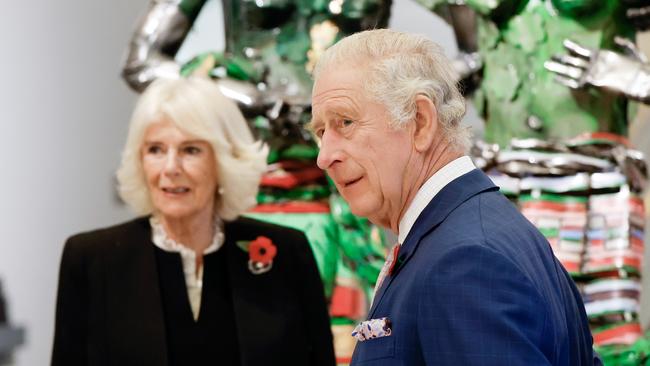
Even though Montefiore “loathes” skiing he has gone on many holidays with the King to chat about history. “The families have a strong bond. Santa’s mother, Patti, was pulled out of an avalanche with the help of the then Prince Charles. The King’s very funny, self-deprecating and knowledgeable. He’s a curator and convener of ideas and people, and the most accomplished prince since Prince Albert.”
The couple adore Camilla, who was first seen in public with Charles after the death of Princess Diana at their wedding in 1998. “When we left the synagogue there was a screw-up with the police, and the convoy of outriders all followed our car and he was left sitting at a red light on his own. He thought that was hilarious. He’s got a sense of the absurdity as well as the obligations of his life.”
The Duke of Sussex’s book Spare, to be published in January, doesn’t surprise him. “For thousands of years the younger children of dynasties have struggled. In other ages and places they tore each other apart. Ottoman sultans had their rebellious sons strangled with a bowstring by deaf-mutes; Mongol khans trampled their spares under horses’ hoofs. So a sumptuous LA mansion and a few Spotify deals is pretty attractive in comparison.”
Montefiore’s book is full of such anecdotes. “History is not just sieges and the odd massacre or war, it’s made up of families getting married, having children and lovers,” he says. “It’s very much not a British history because I’m so bored by an overdose of Tudors. One of the problems about the culture wars is that both sides - the imperialists and the progressives - are really completely Anglocentric. It is a little England parochialism as if no other countries and empires existed, which is insane. Most empires start with a great act of violence, then, if they last long enough, try to offer development before they decline.”
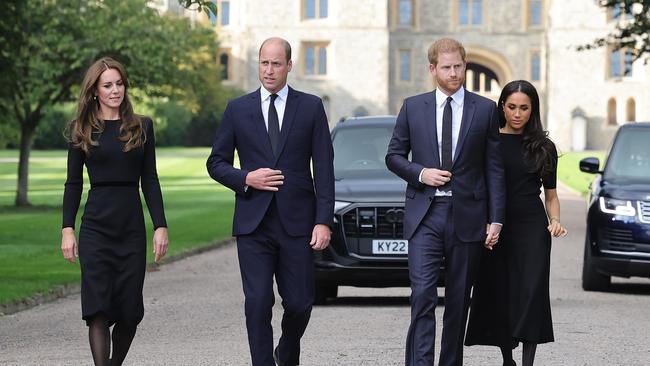
He calls his book “the new history”. “I don’t mean that grandly. It’s just less Eurocentric, more about women and Africa and Asia and South America, it suits me much better. There are virtually no Tudors - though Henry VIII features, of course, but in world terms they were minor compared with Selim the Grim. At the battle of Agincourt the two armies were about 6,000 people each, while Tamerlane and Bayezid in the same period were going into battle with 150,000 each.”
The book doesn’t just follow the key players. “I just put in what interested me. I love the medical history so I added doctors and midwives, philosophers and scientific advances.” He has also included the great storytellers. “Being a historian was always quite dangerous. It still is, in some parts of the world. The people who helped me write the Stalin books are now in danger under Putin.”
He doesn’t have a problem with toppling statues. “History is never still, always mutating and changing. Statues reflect the obsessions of the present. But my advice for British syllabuses and Rishi Sunak is that we should study far less British history and look at India, Brazil, China and Russia. Children need to understand the powers of the day. Henry VIII was a minor figure compared with Suleiman the Magnificent and Anne Boleyn was a nonentity compared with Roxelana, Suleiman’s Ukrainian lover. She was the most powerful person in Ukrainian history.”
Other countries, he suggests, aren’t so hand-wringing. “This denigration of our history is very much an American and British phenomenon; the French Empire was similar to ours. But I think the self-obsession has gone too far. No country is as obsessed with itself as we are. Is there anyone who doesn’t now know about the crimes of the British Empire? At its height Britain dominated the slave trade. Most 18th-century fortunes are connected to slavery, and that was appalling and must be taught. But slavery has tragically been an essential part of human existence since the very start: the book is shot through with it from ancient Akkad, the Black Sea, Mediterranean and east Africa slave trades.”
There is a lot of sensational sex and passion in the book, for which Montefiore refuses to apologise. “I am fascinated by sex and so are my readers. Nero slept with his mother, Charlemagne probably with his daughters, while the Ptolemies married siblings and Habsburgs married their nieces. It’s all about keeping power in the family. This resulted in King Carlos II, the last Habsburg ruler of Spain, being born with a brain swelling, one kidney, one testicle and a jaw so deformed he could barely chew. My favourite is one of the lovers of the Empress Wu who got off a corruption charge because he said she had drunk his semen and he was rejuvenating the empress with his life essence.” Catherine de’ Medici made do with mule’s urine to guard against sterility, he explains, and painted her privates with a poultice of ground stag’s antlers, cow dung and mare’s milk.

His book is stuffed with an appreciation of strong, difficult women, many of whom are exceptional lovers. “I can’t understand why women have been so overlooked. Of course, we know about Catherine the Great and Elizabeth I, but what about Kosem, originally an enslaved girl taken from Greece and married to the Sultan, who became the most powerful woman in the world, or the ruthless Sorghaghtani, who was the mother of three Genghisid emperors, or Zenobia, the Arab empress who defied Rome, and Sayyida al-Hurra, the Moroccan pirate queen. History has been far too male-centric. And they could be as brutal as the men. Kosem had her own son strangled. He was called Ibrahim the Mad and was obsessed with enormously fat women - his favourite was an Armenian called Sugar Lump.” Queen Victoria, however, he finds boring. “Even her children’s dynastic marriages didn’t avoid war.
“There are traditions of duty and service that go through some families, but there is always a will to power and a greed as well as occasional largesse. Look at the Assads: Bashar has the same killer instinct as his father, as has Trump, who was told by his dad to be a killer. All great families are playing out different versions of Succession or Game of Thrones. Anyone in power more than ten years tends to go a bit mad. It’s the isolation.”
What is more extraordinary, he thinks, is that even in the West we are still obsessed with what he calls demo-dynasties. “Even in Canada, for God’s sake, their prime minister is the son of a former leader. We like to think we are more rational in the 21st century but we aren’t.” At school he was a Maoist Trotskyite. “I wrote and asked Margaret Thatcher for an interview while at Harrow and told her what I thought of her invasion of the Falklands and the miners’ strike. I felt like I had been through the torture chamber of the Great Khan by the time I left, but she was magnificent and she teased me about it in later years when I was less radical.”
Montefiore has always been fascinated by communism, and wrote two biographies of Stalin. His maternal grandparents escaped from Tsarist persecution in a hay cart. “They were migrants escaping pogroms, and England has never failed them.”
He has spent years covering Russia past and present, and is infuriated that President Putin, having read his biography of Potemkin, has recently stolen the statesman’s remains from Kherson in Ukraine. “He’s a graverobber. I predict he will orchestrate a vulgar televised extravaganza burial of Potemkin to promote his war and empire.”

After the University of Cambridge “I was a banker for a minute but deeply unsuccessful, then a war correspondent”. Getting married focused him. “Santa is very different from me. I would never have written books without her. She is very hard-working and that’s rubbed off on me.”
The book took him three years to write. During the pandemic he remained in London while his wife and two children, Lilochka, 21, and Sasha, 19, stayed in the countryside. “Santa converted to Judaism, which was such a big thing from her family. There were some country imbeciles who asked her why I was wearing a tea cosy at our wedding - my yarmulke. King Charles wore his yarmulke at the wedding engraved with his crest.”
Their hardest moment, he says, came when Santa’s sister, the It girl Tara, died in 2017 from a perforated ulcer, aged 45. “She was extraordinary but complicated. There was the drugs and the drinks and the relationships. I loved her calls, she was always off on some adventure, either being arrested or locked in a safe, but she found life more and more of a struggle. As time went on and she became more unhappy we began to worry something would happen, but it was still a huge shock when it did. We had to go to her flat first and it was hellish and we wept. Santa was heartbroken. She’s very much the older sister. It’s a scar on the family. But Tara was also an exuberant and exhilarating character. Whenever the phone rings in the evening I still think it might be her.”
They met when Santa was working in a shop after the University of Exeter, plotting her romantic novels, “with less sex than mine”, Montefiore says. Both come from competitive families. Although his father Dr Stephen Sebag Montefiore was a psychiatrist, neither has had therapy.
“My father was very tolerant of everything I did, he always said: ‘Darling, that’s perfectly normal.’ Dudley Moore and Peter Cook were obviously told the same thing as they did a whole sketch about seeing a psychiatrist who told them they were ‘perfectly normal’.
“In our house there were always dramas. People would have breakdowns and arrive in the middle of the night. To this day I meet people and recognise their faces because they must have passed through the house. As a boy I always knew exactly what was going on, but my mother used to say, ‘If you ever breathe a word of this, your father is ruined.’ So I learnt how to keep secrets.”
THE TIMES


